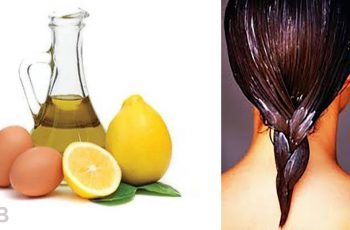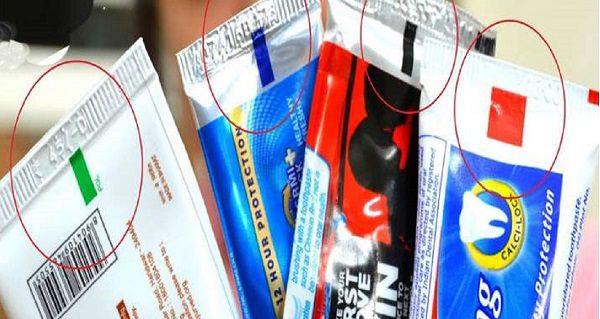
Do you ever wonder what the toothpaste color strip means? Toothpaste companies put them there to indicate the level of fluoride in the toothpaste. The ADA recommends using toothpaste with fluoride for cavity prevention. Here is a guide to understanding toothpaste color strips and finding the right one for you.
What Do Color Codes On Toothpaste Mean?
Most people don’t think about the toothpaste they use daily. This is because toothpaste comes in different colored stripes, and most people choose the one they like the best without giving it much thought. However, did you know that there’s a meaning behind this toothpaste color code? It turns out that the Toothpaste Color Strip can tell you a lot about your oral health; simply pay more attention to the toothpaste tubes you’re choosing when you purchase!
Social media posts claim that the green stripe means that the toothpaste is made entirely of natural ingredients, and the blue stripe implies a mixture of natural ingredients and medicine. The red stripe denotes the natural ingredients and chemical elements. Finally, the black stripe means that the toothpaste is made of chemical elements only.
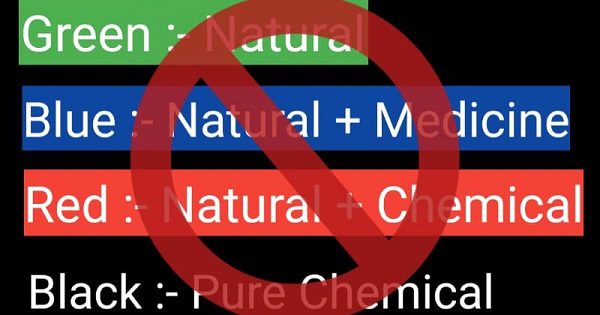
1. Black-colored stripe – Toothpaste is made only of chemicals
2. Blue-colored stripe – Natural + Medicine
3. Red-colored stripe – Natural + Chemical
4. Green-colored stripe – All Natural
Are there other colors of toothpaste strips that I should be aware of?
In addition to the four colors mentioned above, toothpaste can come in various colors, such as pink, purple, and black. However, these colors typically don’t have any special meaning and are simply used for aesthetic purposes. At times, the color of the paste means absolutely nothing; this is why you should pay more attention to the individual package it comes in when making your decision and subsequent purchase. The information lies on the box!
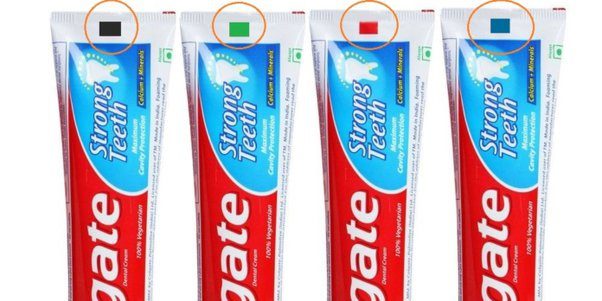
How can I be sure that the toothpaste color strip is accurate?
There is no sure way to know if the toothpaste color strip is accurate. However, you can check the toothpaste label to see if it has certifications from organizations like the ADA or FDA. The color marks are applied during the manufacturing process to accurately label most toothpaste. The packaging machine puts the info on the box and tube, and the tube is placed in the package matching the printed marks. High speed machinery takes care of this entire process, ensuring the product packages match the toothpaste tubes inside.
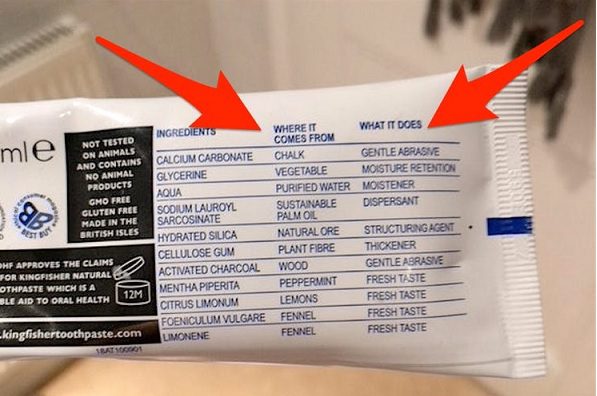
I’ve also seen toothpaste that is clear or even has no color strip at all. What does this mean?
There are a few reasons why toothpaste might be clear or have no color strip. One possibility is that the toothpaste doesn’t contain any fluoride. Fluoride is a crucial ingredient in toothpaste that helps to prevent cavities. However, some people prefer to avoid fluoride for personal reasons. For awhile, fake news tried to frighten people into thinking fluoride has big, bad side effects. Because some people believe everything they read on the internet, there has been a wave of people who have limited their fluoride intake and may choose to do so by opting for alternative dental health solutions.
Another possibility is that the toothpaste is designed for people with sensitive teeth, which is always indicated on the tubes. These kinds of toothpaste often don’t contain any harsh chemicals or colors that could irritate the teeth. Some are designed to help gently clean dental implants.
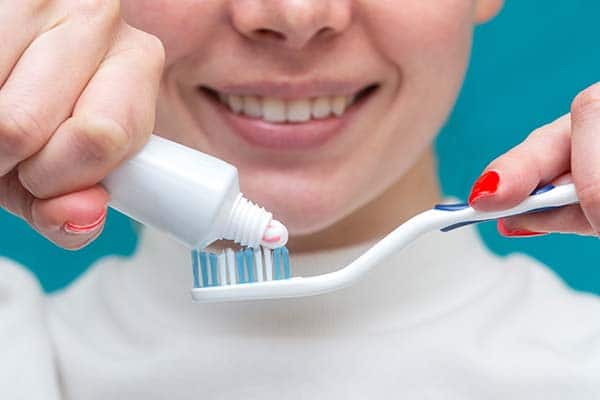
Finally, some types of toothpaste are designed to be clear so that they don’t stain your teeth. Regardless, some kinds of toothpaste without a color strip are perfectly safe and can be just as effective as those with a color strip. The mark shows simply what type you are buying, not necessarily an indicator of whether a consumer should use it or not.

What are the benefits of using toothpaste with fluoride?
- Dental professionals often recommend toothpaste with fluoride for its ability to reduce cavities, teeth sensitivity, and tooth decay. The chemical composition of this has all the vitamins and minerals deemed necessary to keep your teeth and mouth in the most healthy state possible.
- Fluoride is a mineral that occurs naturally in water and helps to strengthen tooth enamel. When used regularly, toothpaste with fluoride can help to prevent cavities and keep teeth healthy.
- Toothpaste with fluoride may also contain other ingredients that offer additional benefits. For example, some kinds of toothpaste contain a tooth whitening agent that can help to brighten teeth. Others may have a tartar control agent to help prevent plaque and bacteria build-up on the teeth.
- Toothpaste with fluoride is an integral part of maintaining good oral health. Using toothpaste with fluoride can help to reduce your risk of gum disease.
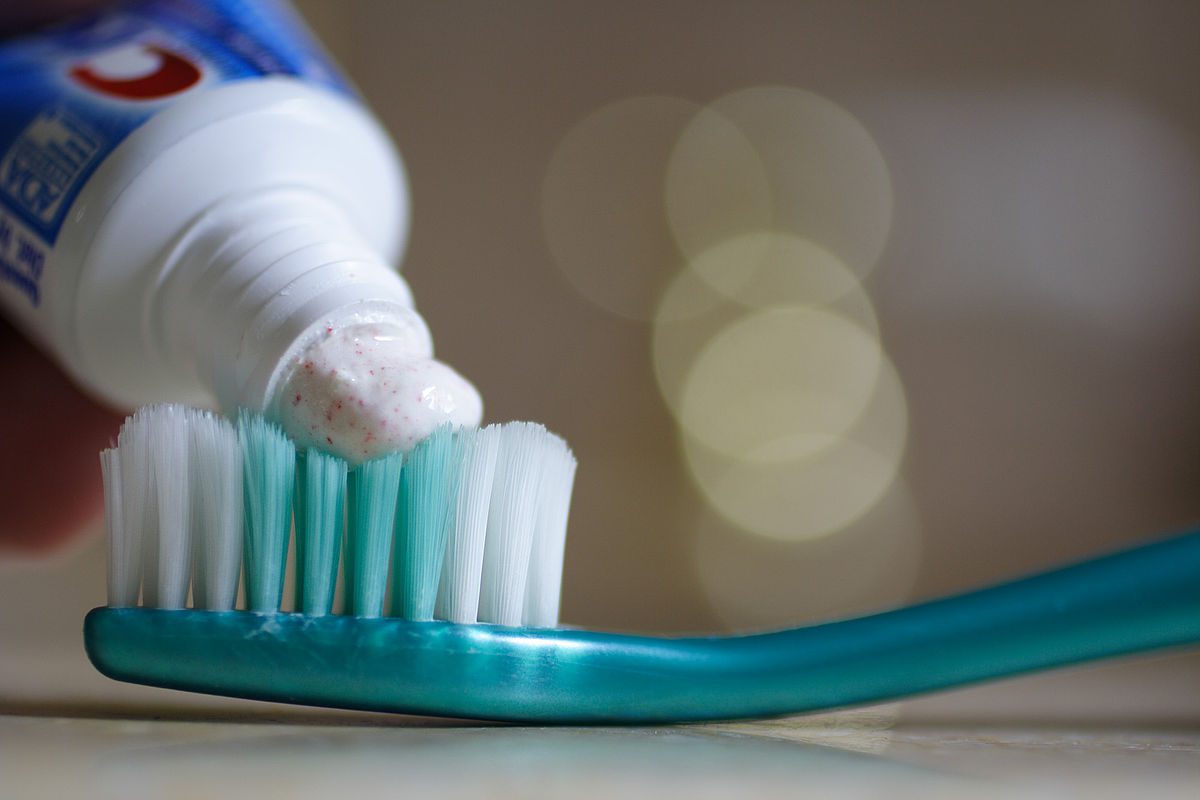
How often should I use toothpaste with fluoride?
There is no definitive answer to this question as it depends on various factors, such as your age, oral health, and the severity of tooth decay. However, most dental professionals recommend toothpaste with fluoride at least twice daily.
If you have any concerns about whether or not toothpaste with fluoride is right for you, be sure to speak with your dentist or healthcare provider. They can help you to make an informed decision about your oral health care routine. If fluoride is not the content for you, your dentist can steer you in a better direction for your own personal needs.
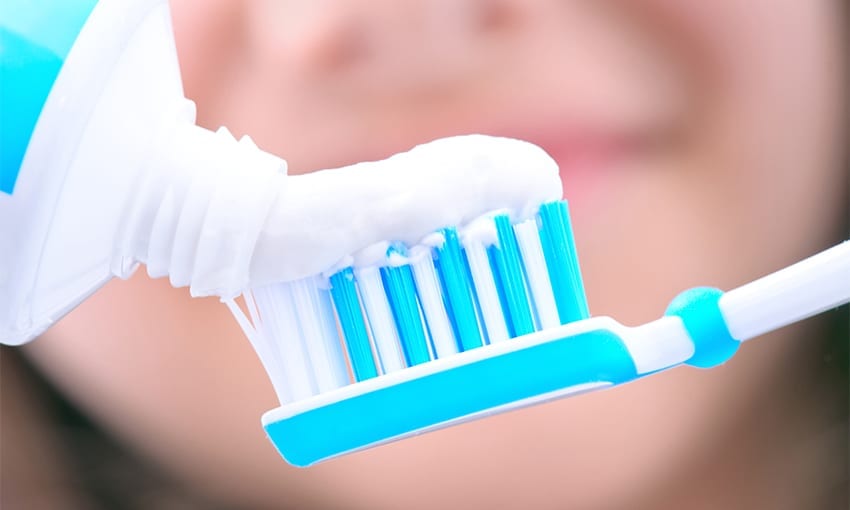
What is the ADA recommendation for toothpaste fluoride levels?
The American Dental Association (ADA) recommends using toothpaste with fluoride for cavity prevention. They suggest using toothpaste with a low level of fluoride for children under six years old, toothpaste with a moderate level of fluoride for children six to sixteen years old, and toothpaste with a high level of fluoride for adults.

Why Does Toothpaste Have Colored Stripes?
The Toothpaste Color Strip is a universal way of indicating the level of fluoride in toothpaste. The higher the level of fluoride, the more white the toothpaste will be. Fluoride is an essential ingredient in toothpaste because it helps to prevent cavities and strengthen teeth. Toothpastes with lower fluoride levels are typically more transparent or have a softer color, like blue or green. Toothpaste containing high levels of fluoride are usually white or off-white in color.
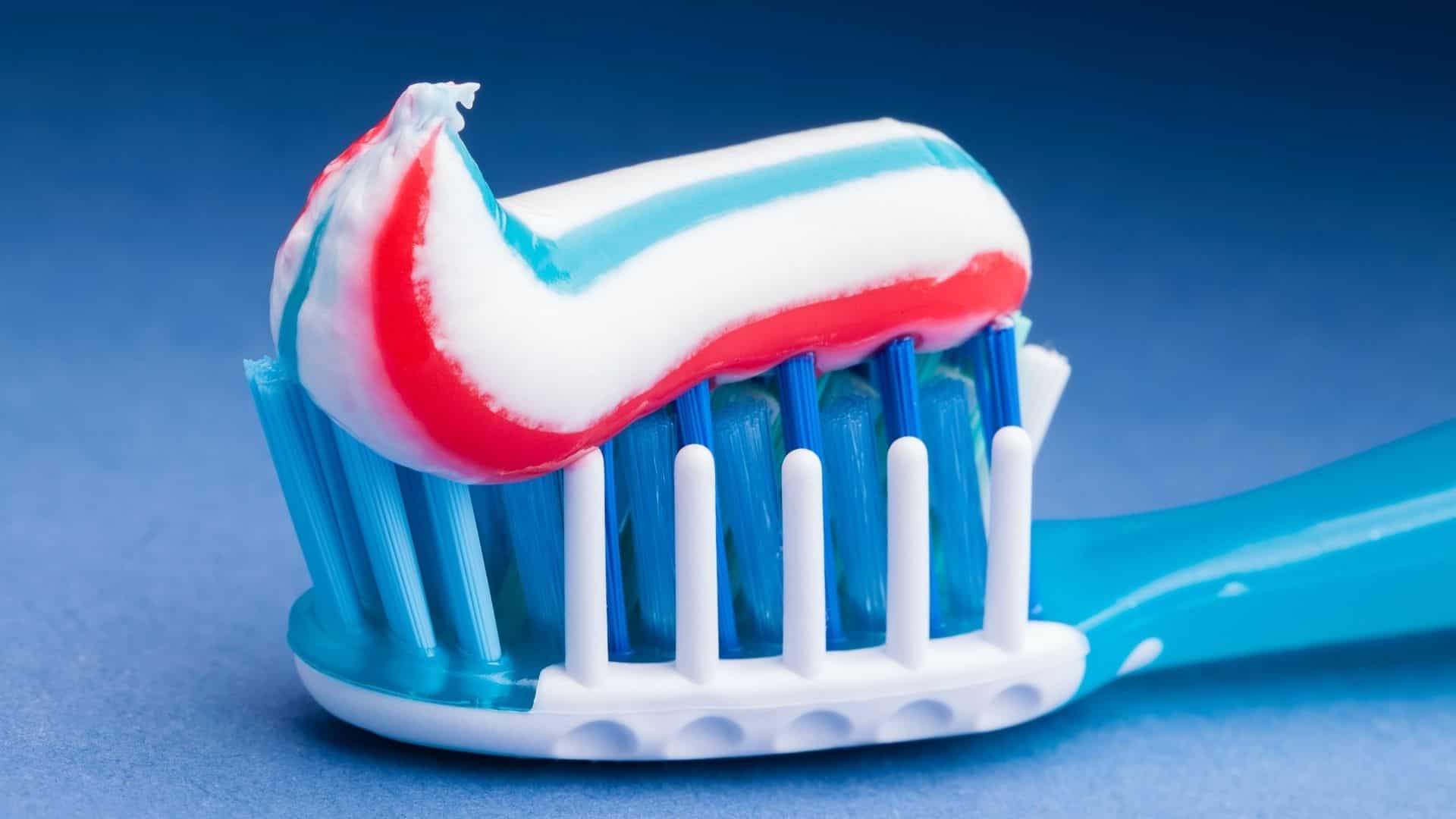
Why are these lines made in toothpaste?
Are these toothpaste lines intended for design? This line made in toothpaste is not intended for any form of design. Although these lines give toothpaste a very appealing appearance, each line in toothpaste serves a distinct purpose.
You must have noticed that red, white, and blue streaks often appear in all toothpaste. While these lines are frequent, some toothpaste also includes many more of the various colored lines. A substance in toothpaste’s blue line gets rid of mouth odor. This is because the toothpaste component that prevents cavities is present in the white color. In comparison, the red color of the toothpaste is made of a different chemical with a good smell.
However, a regular white tube of toothpaste also has similar qualities. In addition, a recent study indicated that consumers like toothpaste with multicolored lines and prefer it more generally. Because of this, you must have realized why toothpaste has lines in various colored stripes. Striped toothpaste at one time was the most popular on the market and some still prefer the balanced chemical composition today, claiming that pure fluoride pastes are “pure chemical” and somehow “not good” for them.
There is absolutely nothing to back this up from a medicine standpoint, so it’s pretty much more fake news designed to create worry among consumers. You can learn about different types of toothpaste and their pros and cons with a quick internet search, if you have any concern.
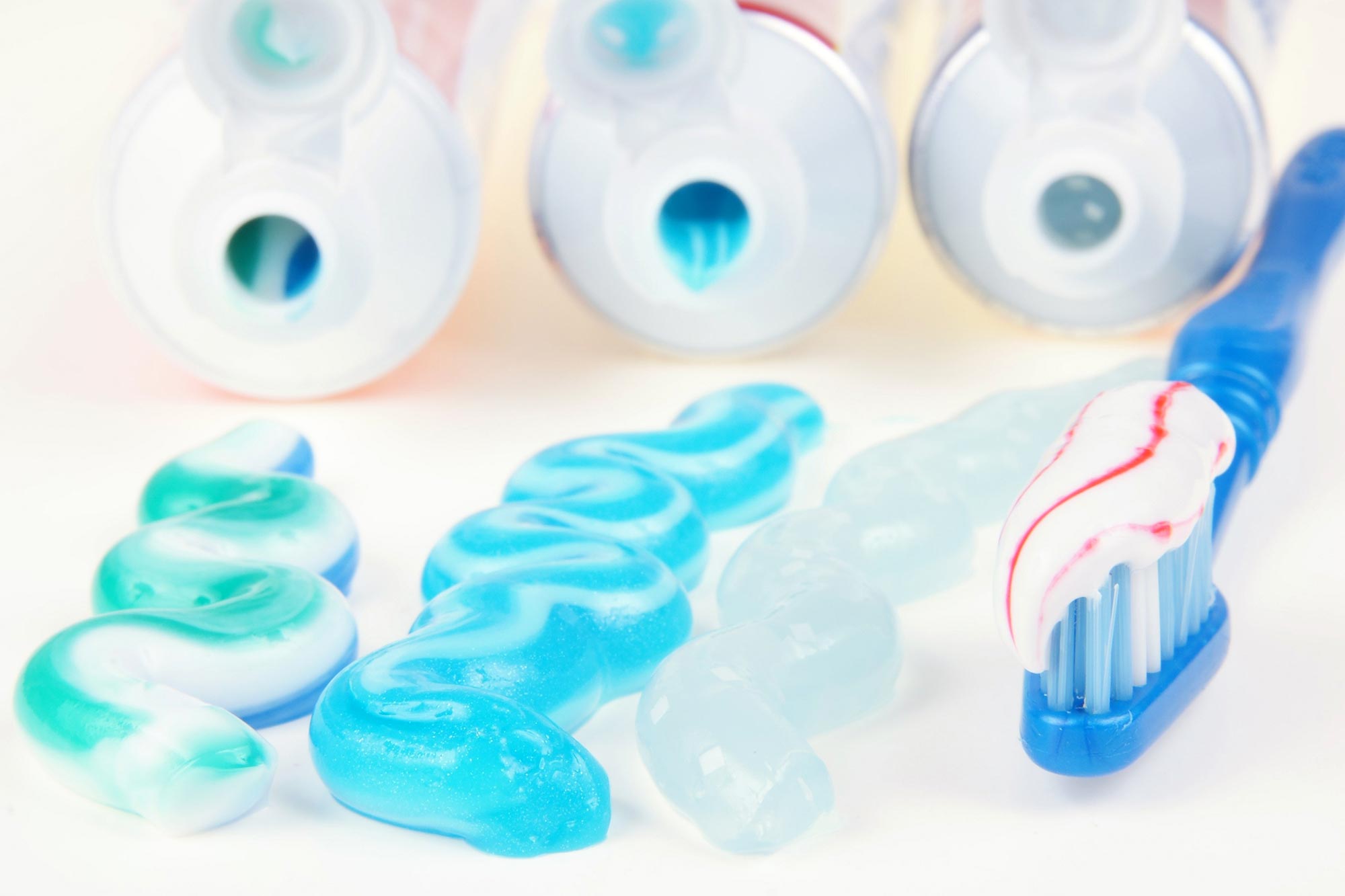
What are some natural alternatives to toothpaste?
There are several natural alternatives to toothpaste that can be just as effective in keeping your teeth clean and healthy. This is not hidden information and you may find some beneficial to you personally. These include:
- Baking soda: Baking soda is a natural cleaning agent that can help to remove plaque and bacteria from the teeth. It can also help to whiten teeth.
- Hydrogen peroxide: Hydrogen peroxide is a natural bleaching agent that can help to brighten teeth. It can also help to kill bacteria and remove plaque.
- Coconut oil: Coconut oil contains antibacterial properties that can help to fight tooth decay and gum disease. It can also help to whiten teeth.
- Lemon juice: Lemon juice is a natural acidic solution that can help to break down plaque and bacteria on the teeth.
- Apple cider vinegar: Apple cider vinegar contains antibacterial and antiseptic properties that can help to fight tooth decay and gum disease. It can also help to whiten teeth.
When using any of these natural alternatives to toothpaste, it is important to rinse your mouth with water afterward to remove any residue. These natural alternatives can be as effective in keeping your teeth clean and healthy as toothpaste with fluoride for cavity prevention.

What toothpaste do dentists recommend?
1. Colgate Total
Colgate Total is a fantastic choice if you want toothpaste that fights plaque. For up to twelve hours, it combats plaque. The remedy is particularly successful in treating gingivitis. The best part is that Colgate Total comes in various forms that still work to combat plaque while also serving other purposes. For example, the Deep Clean deep cleans teeth, Daily Repair restores tooth damage, and Advance Whitening lightens teeth.
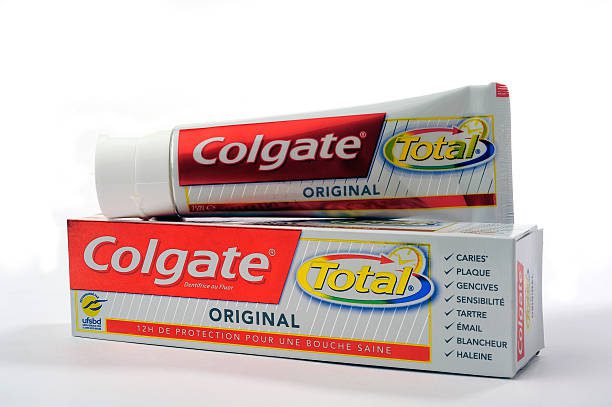
2. Crest Pro-Health
Crest Pro-Health is one of the few kinds of toothpaste approved by the ADA in all six categories. Along with tooth whitening, it also lessens sensitivity, guards against cavities, eliminates plaque, avoids gingivitis, and eliminates foul breath. In addition, this toothpaste excels in terms of general oral hygiene.
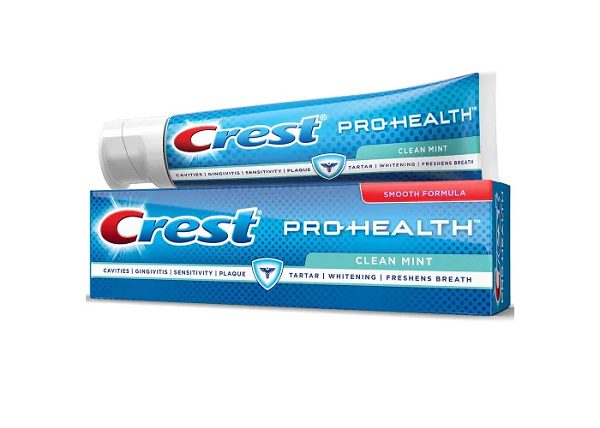
3. Sensodyne ProNamel Soft White Toothpaste
One toothpaste kind shouldn’t be the only option for those with sensitive teeth. People with sensitive gums and teeth may whiten their teeth with Sensodyne ProNamel Gentle Whitening toothpaste. Additionally, it strengthens weakened enamel, preventing tooth decay in the process.
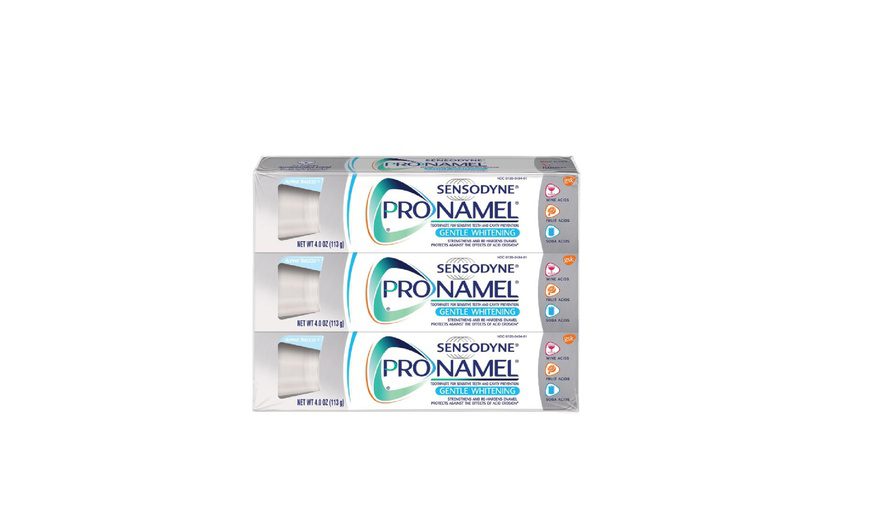
4. Advance Cleaning Mint Toothpaste with Baking Soda by Arm and Hammer Dental Care
Keeping teeth healthy requires a lot of effort. However, this Arm & Hammer toothpaste can do the job. The fluoride repairs your teeth’s damage in toothpaste, and the addition of baking soda provides another ingredient that eliminates plaque. Additionally, the mint taste is cooling.
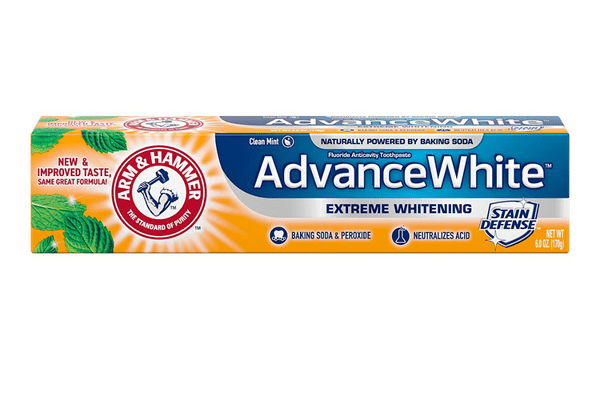
5. Tom’s of Maine Fluoride-Free Natural Anticavity Toothpaste
The go-to toothpaste if you want natural ingredients is Tom’s of Maine. Their Fluoride Anticavity Toothpaste still includes fluoride, despite the fact that it is one of the natural components. It prevents cavities and doesn’t include a lot of difficult-to-pronounce substances.
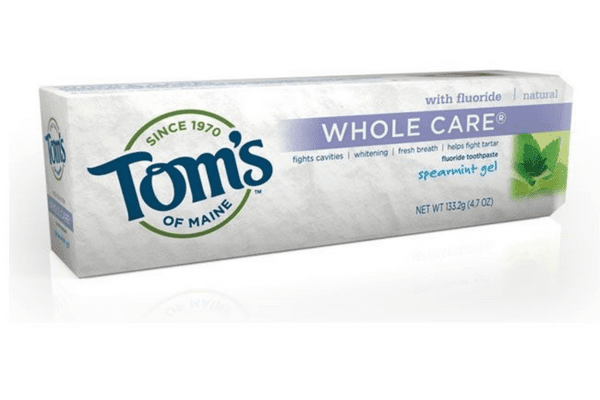
How do I choose the right toothpaste for me?
With all the choices available, how can you know which toothpaste is right for you? By understanding the difference between different types of toothpaste, you can make an informed decision that will help keep your smile healthy and bright. Toothpaste comes in various colors: white, green, blue, and red. Some have stripes on the bottom, some are solid colours. Stripes are not better than solids, per se. They just serve different purposes. Make sure to read the packaging which will tell you what is in the toothpaste tubes inside.
The color of the toothpaste is not an indicator of its efficacy; rather, it corresponds to the type of fluoride present in the formula. White toothpaste contains sodium fluoride, the most commonly used form of fluoride. Green toothpaste contains stannous fluoride, which is more effective at preventing cavities than sodium fluoride. Blue toothpaste contains hydroxylapatite, a compound that helps to remineralize enamel and prevent tooth decay.
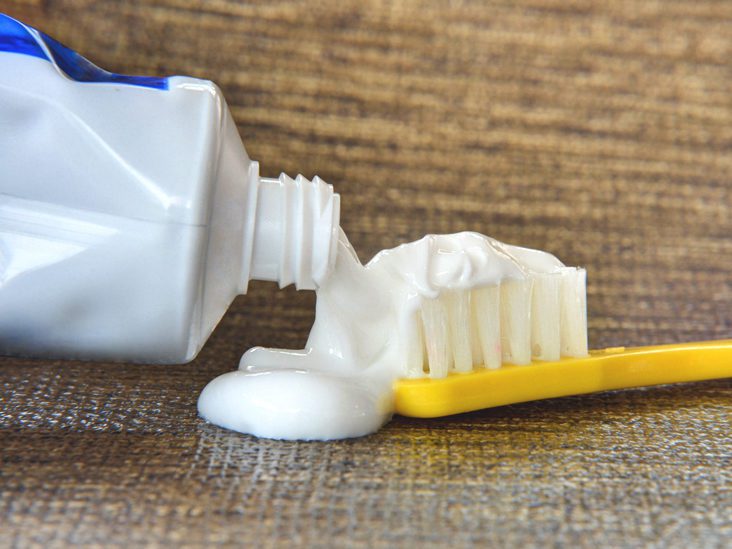
Finally, red toothpaste contains phosphate salts, which help to reduce sensitivity and promote gum health. It usually doesn’t straight out say on the toothpaste tube what color the paste is, so pay attention to the colored stripes or colored squares on the packaging. This is a better indicator of what that particular toothpaste tube contains.
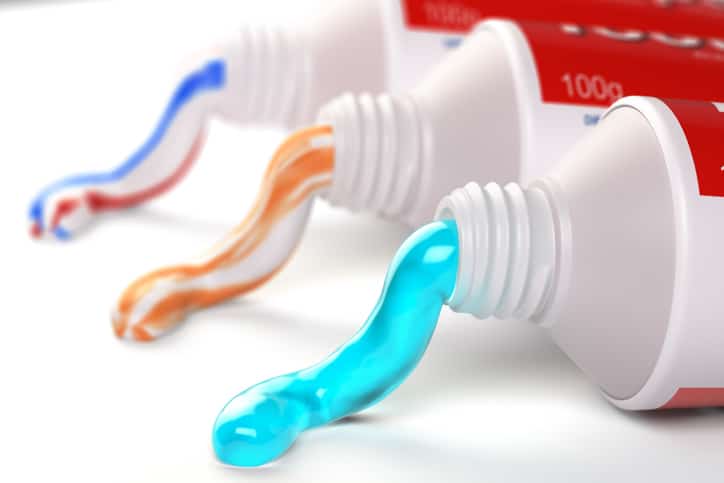
But what is the reality?
Globally, the following chemicals are commonly found in toothpaste: Humectant material, Solid abrasive, Binding material, Sweetener, Flavoring agent, Surfactant, and Fluorides. Apart from this, toothpaste also contains many types of colors and flavors.
The social media claims do not specify which of the above chemicals are in your toothpaste tube and whether they’re considered natural or chemical. The idea of distinguishing between “natural” and chemical ingredients is somewhat vague because everything in this world has chemicals, including natural ingredients. Even the word medicine can be generalized to anything you ingest or apply topically to your body for medical purposes. The color strip on the toothpaste tube has nothing to do with the product’s content, which is made during manufacturing. Sensors and machines read these strips to determine where packaging should be cut, folded, or sealed.
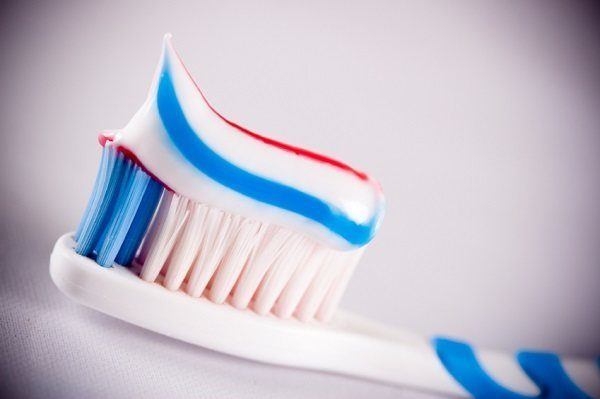
So, if you’re curious about the contents of your toothpaste tubes, the colored stripes on the bottom of the toothpaste are not what you should look at. Instead, checking the ingredients mentioned on the toothpaste tube will be the right thing to do. Color codes, printed marks or similar marks on the tube packaging will also help guide you in the right direction.
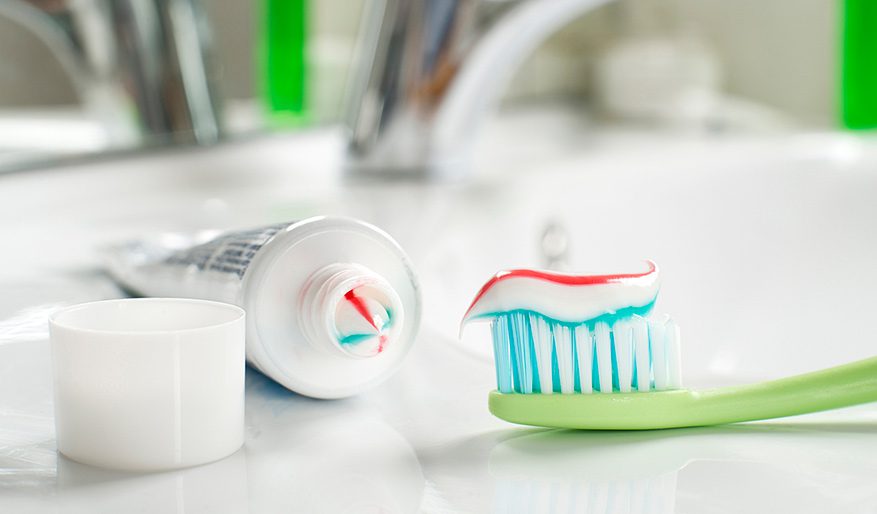
Frequently Asked Questions
Do toothpaste color strips tell you anything about the quality of the toothpaste?
No, toothpaste color strips are not an indicator of toothpaste quality. Instead, they show the level of fluoride in the toothpaste.
What do the different colors on toothpaste color strips mean?
There is no standardization for toothpaste color strips, so companies can use whatever colors they want. However, most companies use blue or green to indicate low fluoride toothpaste, yellow or red to indicate toothpaste with a moderate level of fluoride, and purple or black to show toothpaste with a high level of fluoride.
How do I choose the right toothpaste for me?
The ADA recommends using toothpaste with fluoride for cavity prevention. If you are unsure which toothpaste to use, ask your dentist or dental hygienist for a recommendation.
What is the difference between natural and chemical toothpaste ingredients?
The idea of distinguishing between “natural” and chemical ingredients is somewhat vague because everything in this world has chemicals, including natural ingredients. For example, toothpaste contains many chemicals, including Fluorides, Humectants, Binding materials, Sweeteners, Flavoring agents, and Surfactants.
Does toothpaste expire?
Professionals in oral health advise a maximum of two years. This ensures that the vital fluoride is stable enough to rebuild tooth enamel. Additionally, the paste's color and flavor may alter after two years. Change any old tubes regularly to make certain your product is always effective.
What did people use before toothpaste?
Before the invention of modern toothpaste, pharmacists made and sold tooth creams or powders. Early teeth powders were created by combining an abrasive ingredient, such as talc or seashell dust, with antimicrobial essential oils like eucalyptus or camphor.


